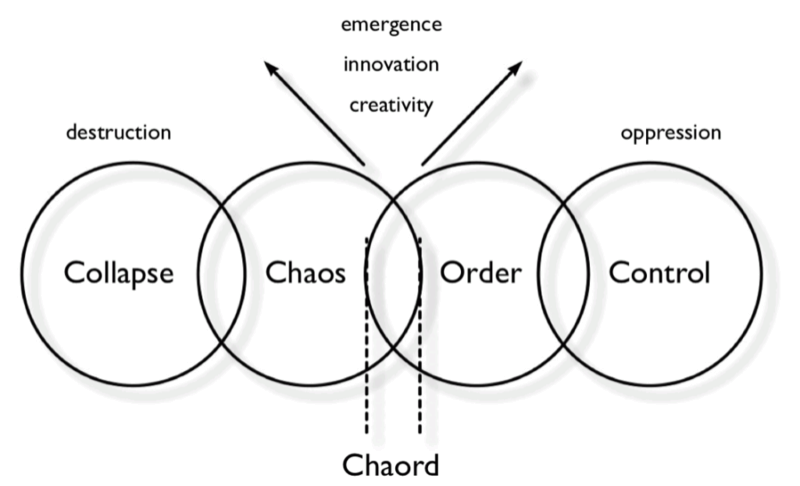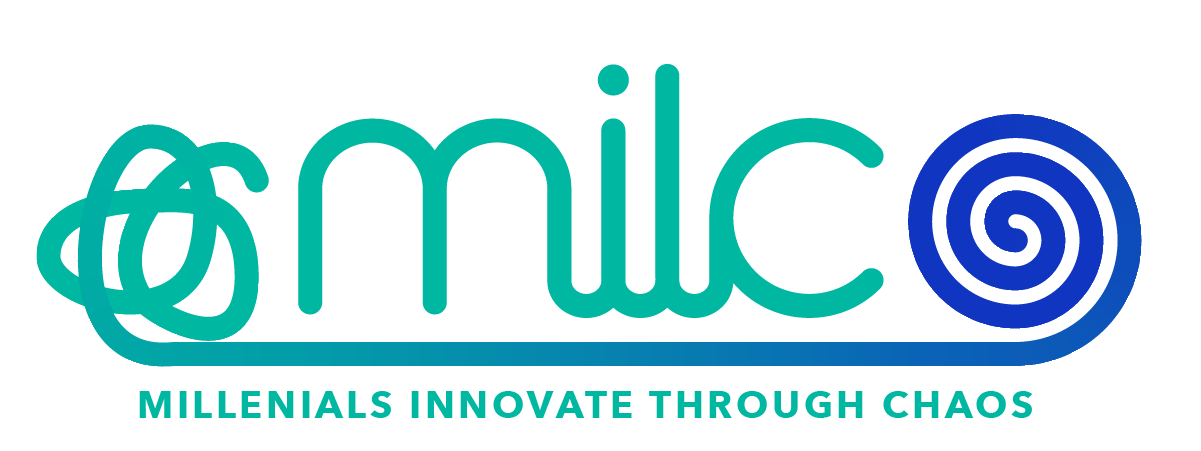
The six lenses of chaordic approach
Our methodology is based on the chaordic design process, which includes six steps (Six Lenses of the Chaordic Organization) to help instructors facilitate the creation of chaordic learning environments. These steps were adapted to a learning context, based on the work of Dee W. Hock creating a chaordic organization. It is important to point out that a chaordic learning environment cannot be created by instructors alone, but rather through collaboration between learners and instructors, where instructors provide learners with mentorship opportunities and learners take charge of their own learning.
The MILC learning programme has the following objectives:
- To offer an approach that blends theoretical and experimental learning, elements of order and chaos, in line with Chaordic learning methodology,
- To introduce the Millennials to the concept and principles of Chaordic Leadership,
- To adopt 360 degree approach of skills development based on Chaordic leadership responsibilities,
- To offer an environment, tools and support for practicing 21st Century skills necessary for successful Chaordic leadership.


5 Modules for Leadership Responsibility
MILC Curriculum has been developed based on the 21st Century skills needs identified by MILC research – survey and dialogues, and the Chaordic approach.
The Curriculum consists of 5 Modules, one for each Chaordic Leadership Responsibility and additional mentoring skills:
1. Manage Yourself
2. Manage your Superiors
3. Manage your Peers
4. Manage your Subordinates
5. Be a Mentor

Learning Units
The Modules are further divided into Learning Units, and aim to offer a structured way (the “order” part of the Chaordic learning approach) to access and understand the main concepts of Chaordic leadership, immediately apply them in practice and focus on a specific skill that is considered the most relevant in a certain context.
The Curriculum covers all skills and competences that the participants of MILC survey and dialogues (O1) have ranked as most important for Millennials. Although many of the skills and competences are certainly relevant to different leadership roles, effort has been made to select skills or sub-skills that are especially important and support development of specific leadership roles.
Every Module is made of Introduction, 2-5 Learning Units and a Self-evaluation questionnaire. Each Learning Unit includes an Introduction/ “Theory”, an Example/ Case study, Tips and Tricks, Practice/ Exercises and suggestions for Further reading.
Skills & competencies included
1. Communication
2. Teamwork
3. Problem-solving
4. Critical Thinking
5. Flexibility
6. Multi-disciplinary thinking
7. Creativity
8. Innovating
9. Being initiative
10. Curiosity
11. Self-confidence
12. Self-discipline
13. Questioning
14. Enthusiasm
15. Active listening
